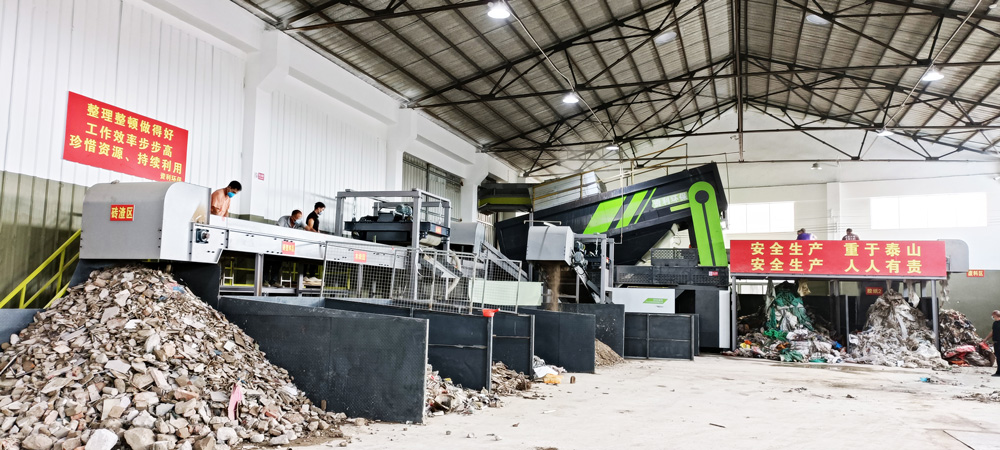 Time:2025-03-14
Time:2025-03-14
 Source:青绿环境
Source:青绿环境
Today, with the continuous acceleration of urbanization, the volume of decoration and renovation waste is increasing day by day. How to achieve its resource utilization has become an urgent environmental issue to be resolved.

Strengthening Publicity and Education Is Fundamental
It is essential to raise public awareness of waste sorting and resource utilization through various channels such as community outreach, media coverage, and online platforms. Educating the public helps them understand that indiscriminate disposal of renovation waste not only pollutes the environment but also wastes a large amount of recyclable resources. For example, waste wood, metal, and glass can be reprocessed and reused if sorted correctly.
Improving the Waste Sorting and Recycling System Is Crucial
Specialized waste collection points should be set up in residential communities and construction sites, equipped with color - coded bins for different types of waste such as wood, metal, plastic, and glass. Dedicated personnel should be assigned to manage and monitor these points to ensure accurate waste sorting. For larger items like old furniture and construction debris, professional recycling companies can handle their collection and processing.
Promoting Technological Innovation Is Key to Resource Utilization
Advanced waste - processing technologies and equipment should be developed to increase the recycling rate of renovation waste. Efficient crushing, screening, and separation techniques can be used to sort mixed waste finely. Organic waste can be composted using biotechnology to produce organic fertilizer. Additionally, exploring the possibility of transforming waste materials into new building materials, such as turning discarded tiles into mosaics for architectural decoration, is also a promising direction.
Establishing Incentive Policies Is Indispensable
Governments can introduce policies to reward and subsidize enterprises and individuals who actively participate in waste sorting and resource utilization. For instance, financial support can be provided to communities that set up standardized collection points, and tax incentives can be given to companies that adopt new technologies for waste processing.
Conclusion
Achieving resource utilization of decoration and renovation waste requires the joint efforts of governments, enterprises, social organizations, and the public. Only through collective action can we beautify the environment while ensuring sustainable resource use and contribute to building a more beautiful home.













 Prev
Prev











